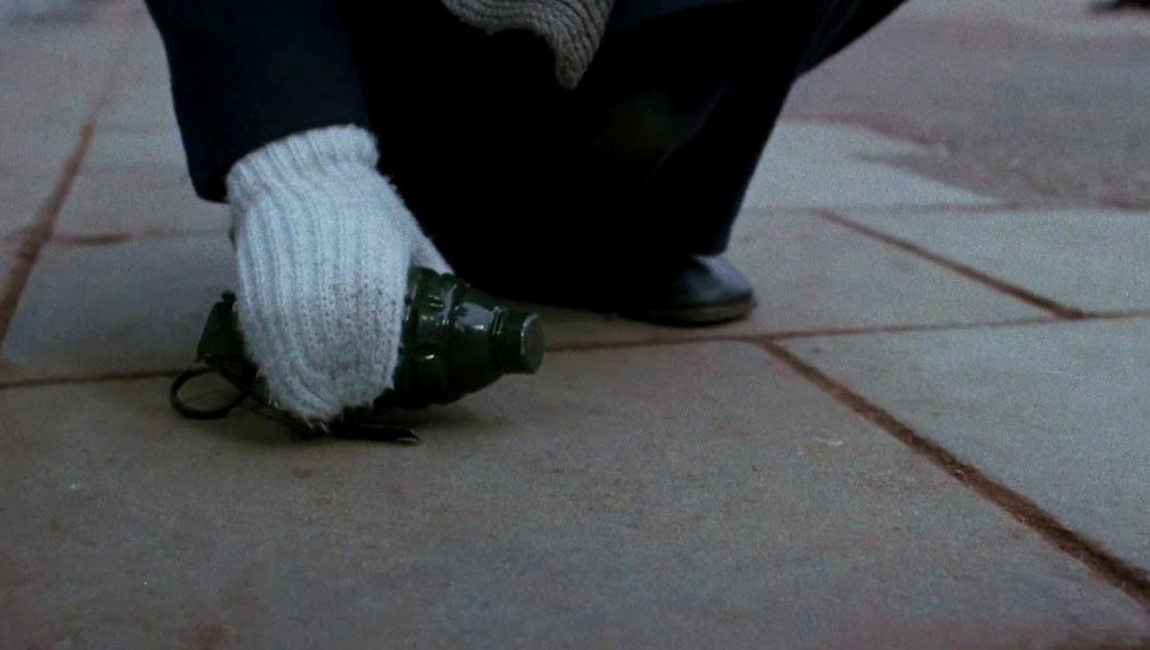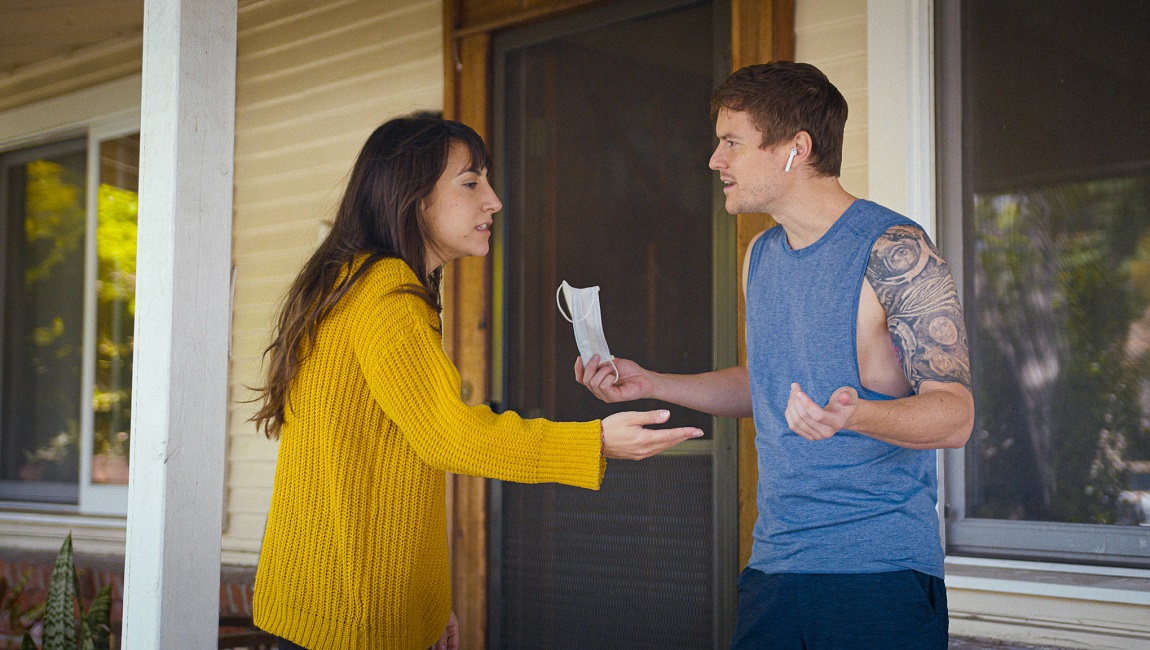Just Don’t Think I’ll Scream isn’t the exercise in solipsism or self-serving appropriative art its premise threatens, but its overall effect is one of cautious distance.
In 2010, visual artist Christian Marclay premiered a new montage work, titled The Clock, that was 24-hours in length and composed entirely of outside media footage; each meticulously harvested piece serves a larger function in this collection of moving image, one that operates like its title suggests: it’s a clock! But… there are images attached where you can see what time it is! Jean-Luc Godard rightly called the piece a “fetishist collection,” one that was less interested in how these images operated and more excited by the mere notion that amassing them in a banal order somehow gave them new meaning outside of pure aesthetic flex. This is to suggest that splicing iconic moments in cinematic history for the sake of one’s own artistic pursuit is an inherently selfish notion, one that amasses other’s talents in a parasitic fashion that could never justify their usage. A counterpoint to this argument, if not an entirely effective one, could be taken in the form of Frank Beauvais’ Just Don’t Think I’ll Scream, which also re-utilizes outside footage — in this case, to tell a more personal narrative instead of creating rote conceptual art for its own sake. (Beauvais himself even states he believes this to be the least self-serving route in terms of documentary, which, OK.)
After blocking himself off from the “outside” world in a remote French village for about four months in 2016, Beauvais fell into a spiral of depression; naturally, like all cinephiles who wish to ignore their problems, he decided to watch some quality flicks (about 400 of them) instead of trying to do anything productive. In a sense, he’s accomplished something vaguely constructive from that time: by stitching together every single film he watched in this secluded period to properly document his turbulent emotional state. This tactic relies heavily on matching image to Beauvais’ narration, one that’s a bit obvious in regards to the emotional effect that’s supposed to be produced — when he’s sad, there’s always a convenient shot of someone looking despondent, etc. There’s a distance created from never once seeing the actual town or house that our author once inhabited — hell, even seeing his face once would help — and one that becomes most apparent during the more intense recollections (a father dying, news of domestic terrorism) when all we’re given is a cobbled-together Kuleshov effect.







